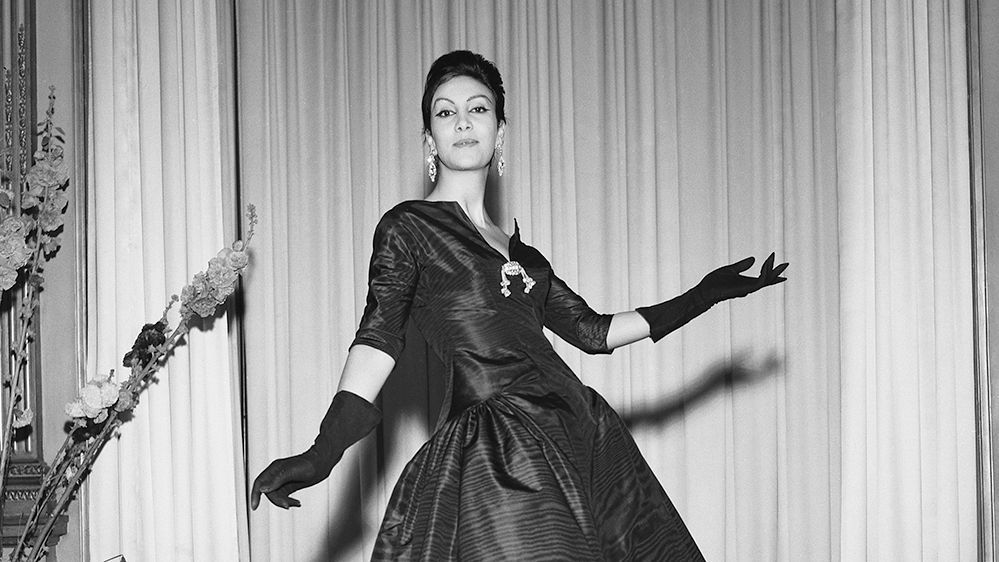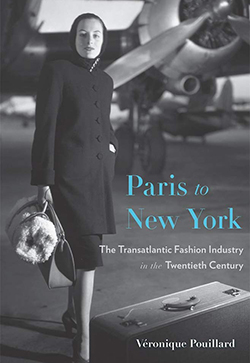In 20th Century Paris, the world's leading designers created exclusive copyrighted fashion, while New York copied and produced clothes for the masses.

Parisian fashion has always been characterized by exclusivity and luxury. Here, a model poses in an elegant dress at a fashion show of Maggy Rouff's fashion house in Paris, 1958.
Photo: AKG Images/NTB Scanpix.
Dior, Chanel and Yves Saint Laurent. Louis Vuitton and Balenciaga. The biggest brands within fashion come from France.
Today, fashion houses in London, Milan and Tokyo compete for the attention of fashion mongers around the world, but for over 100 years Paris and New York were by far the most important fashion cities. In her new book on the fashion industry in the 20th century, historian Véronique Pouillard shows how the two major cities competed, while they at the same time were interdependent.
"Paris has always had stronger protections for brand and copyright. This may explain why the brand names live on today," says Pouillard.
Paris was the artistic and creative centre, known for haute couture - clothes made for an individual customer. Americans travelled across the Atlantic to seek inspiration from Parisian design for their mass-produced clothing. During the Second World War, the relationship between the two fashion metropoles was turned upside down.
Art in Paris, industry in New York
"In Paris, fashion was always masterful craftsmanship, almost like art," Pouillard says.

"From the 19th century, clothing production and the artistic communities were closely connected. Artists within music, ballet, visual arts, and the groups surrounding them, inspired the fashion industry."
In France, great emphasis was placed on the designer's creation, and there was a societal consensus that fashion brands had to be protected by law. Pouillard has studied disputes, which often ended up in court, between fashion entrepreneurs and businesses that stole or pirated their designs.
"Over time, they had success building up the idea of authenticity and branding in France. If you emphasise innovation, you could say that monopoly should be limited, so it's a delicate balance. However, this was also in the interests of the national economy, so the authorities supported the work of entrepreneurs."
A more democratic approach to clothing was to be found in the United States.
"New York was the centre of a market where entrepreneurs were proud to offer clothes to everyone. During the interwar period, the majority of the US Congress believed that everyone should have the opportunity to dress as they wished, and they voted down a copyright law within fashion. Fashion democracy was a political ideal."
About the book
In Paris to New York: The Transatlantic Fashion Industry in the Twentieth Century, Véronique Pouillard tells the story of the fashion industry in the 20th century.
The focus is on the role of entrepreneurs, designers and institutions in the fashion world's two most important cities: Paris and New York.







